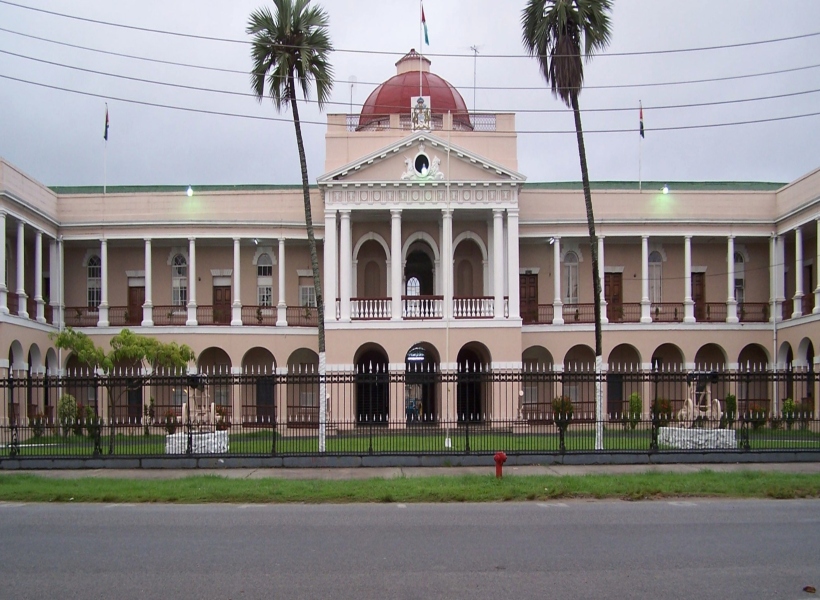Guyana’s economy is poised for massive transformation, especially when one considers ExxonMobil Guyana’s robust oil production activities in the Stabroek Block. This was recently noted by the company’s Vice President and Business Service Manager, Phillip Rietema.
During an interview on the Energy Perspectives Podcast he said current monthly revenues are exceeding US$1.5 billion. Adding to that, he noted a projected annual revenue of US$30 billion by 2027 which underscores the transformative potential for the nation’s economy.
This financial boon promises not only to reshape Guyana’s fiscal future but also to position it as a burgeoning energy hub in the region.
ExxonMobil, along with its partners Hess and CNOOC, has been instrumental in unlocking vast oil reserves within Guyana’s offshore fields. Since their initial discovery in 2015, the Exxon-led consortium has unearthed over 11 billion barrels of oil equivalent, propelling Guyana into the global energy spotlight.
Sharing insights into the scale and impact of these discoveries in the recent interview, Rietema noted, “Today, we’re producing over 600,000 barrels a day, and oil produced is revenue produced as revenue to be shared amongst the people of Guyana and our shareholder group. At current prices, the revenue generated is over US$1.5 billion a month.”
Rietema elaborated on the potential benefits asserting that, “By the end of 2027, we expect to have production capacity of over 1.3 million barrels a day. With that, there will be increased revenue, and if you look at production over a million barrels a day at current prices, that’s annual revenues north of US$30 billion, which will be shared again with the people of Guyana and in our group.”
The substantial revenue inflow has already sparked significant economic activity in Guyana. The oil and gas sector has created thousands of jobs, with over 6,000 Guyanese currently employed across the value chain.
However, he was keen to note that the economic ripple effect extends beyond direct employment. The country he said, is witnessing increased investments in infrastructure and services, including the development of the new VESHI shore base at the mouth of the Demerara River. This facility, part of the Yellowtail project, is crucial for supporting oil and gas operations and enhancing the country’s logistical capabilities.
Despite the optimistic outlook, the volatile nature of global oil markets presents challenges. Guyana’s oil projects need to maintain competitive edge amidst fluctuating prices. The cost of supply remains a critical factor, and ExxonMobil is focused on ensuring that production costs are kept under control to weather potential market downturns.
Rietema addressed these concerns by highlighting the robust cost management strategies in place: “These projects can weather volatility. In 2020, oil prices were down to US40 a barrel. So, we have to really focus on being as efficient as possible and having the lowest costs. All projects here have costs of supply under US$40 a barrel.”
As Guyana stands on the brink of an economic revolution fueled by its oil wealth, Rietema noted that the nation’s future looks brighter than ever.













